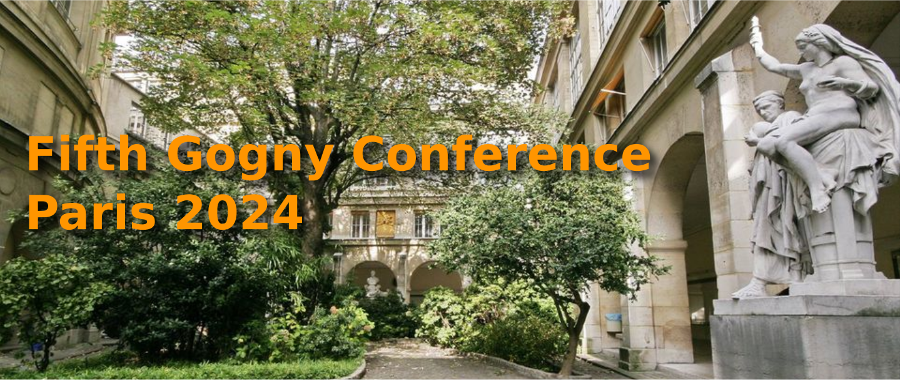Speaker
Description
Nuclear fission occurs when a nucleus splits into smaller nuclei, re-
leasing a significant amount of energy. Although nuclear fission was dis-
covered more than seventy years ago, accurately predicting its behavior
based on the basic constituents of nuclei remains challenging due to the
extremely high dimensionality of the quantum space involving numer-
ous particles. Hence, an approximation scheme is necessary to describe
fissioning systems and simplify their complex nature into a more man-
ageable form. The nuclear density functional theory is such a framework
that can predict nuclear properties for most elements on the nuclear
chart. However, it is still limited by computational constraints. As a
result, most fully microscopic implementations have only considered two
collective degrees of freedom, such as the elongation and the asymme-
try of the fissioning system. Recently, we enhanced this approach by
incorporating a third degree of freedom. This presentation explores our
improvements to the theory and discusses the results we obtained with
it.

